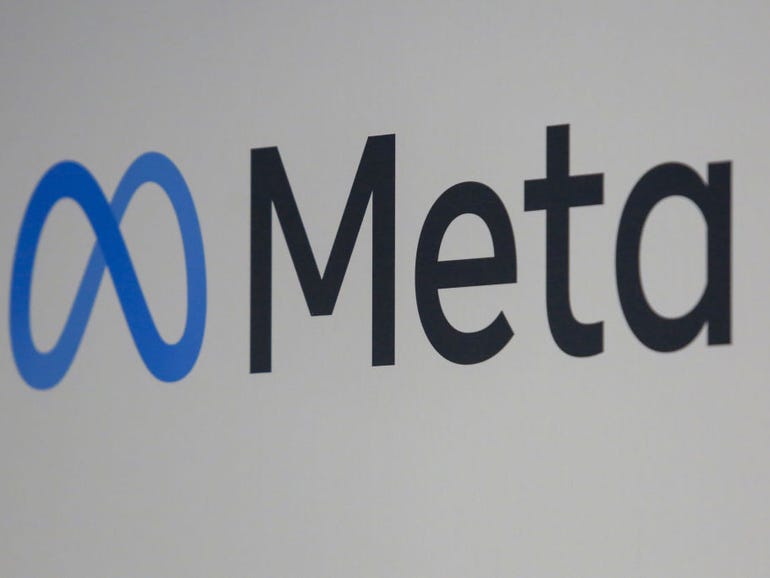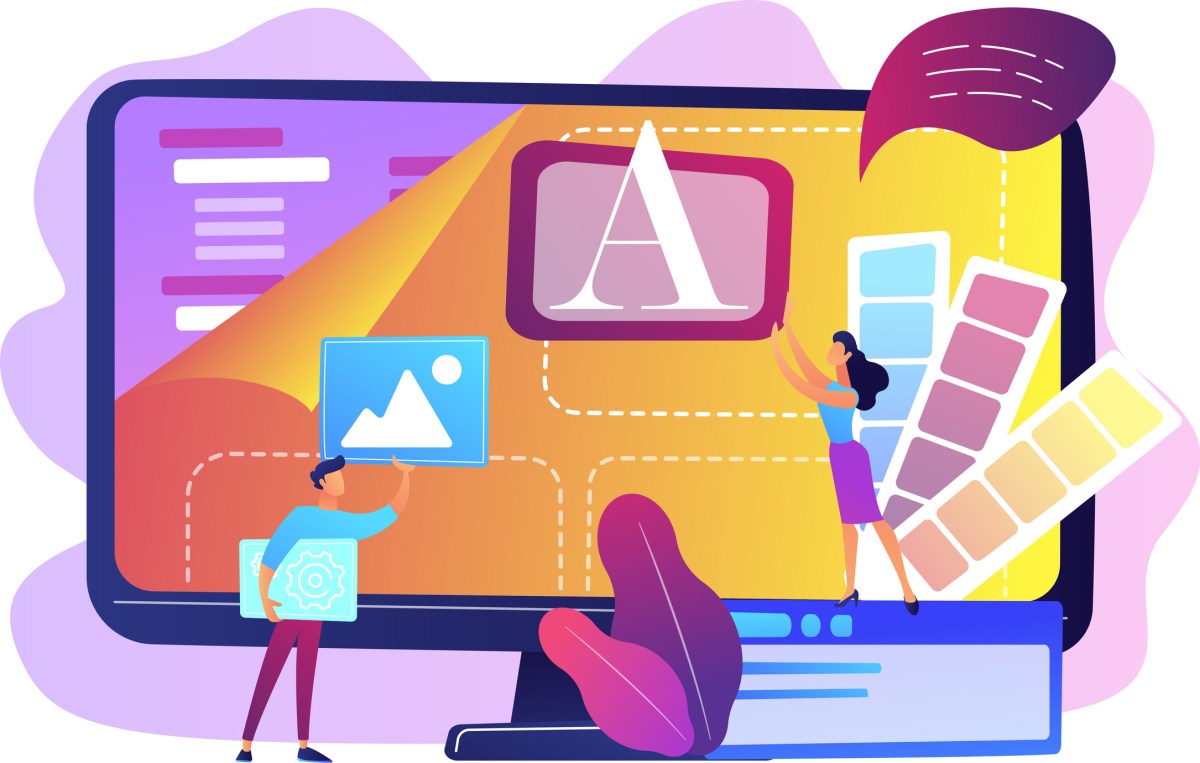Schools see value in connected learning spaces with Zoom and Panopto
When combined, Zoom and Panopto’s virtual communication technology can help students and teachers capture, annotate, and review lectures. FG Trade/Getty Images
Although most K-12 and university classrooms in America will open for in-person learning this fall, colleges continue to expand their adoption of and commitment to virtual learning.
Zoom and Panopto are capitalizing on that interest and momentum. The popular virtual communication tech companies worked together to create a stacked integration of their platforms. The integration launched in late 2019, just months ahead of the pandemic’s emergence in the US.
Zoom is ideal for synchronous, or real-time, experiences. Panopto is optimized for asynchronous experiences. In other words, you can access content in Panopto on your own schedule.
Stacked together, Zoom allows teachers and students to have live, real-time engagement. Then those experiences are stored in Panopto. That platform allows users to add additional media, like quizzes or captions. Panopto also allows you to share recordings with authenticated users without creating passwords. And it automatically shares recordings to learning management or content management systems.
Major schools adopting an integrated tech approach
Zoom and Panopto recently shared with ZDNet how the University of Notre Dame uses the stacked platforms.
The Indiana-based private Catholic university, which has about 13,000 students and nearly 1,500 faculty members, had used Zoom and Panopto before the pandemic.
Notre Dame primarily used Zoom for video conferencing and Panopto to record scheduled classroom sessions. In the fall of 2020, the university integrated the two platforms and expanded their on-campus use. Notre Dame upgraded 150 classrooms to “connected learning spaces” by adding cameras, microphones, and audio equipment.
“In the case of Notre Dame, they set up the integration such that the recordings from Zoom linked directly into Panopto,” said Mike Rich, Panopto’s vice president of strategic alliances and business development.
Once they were able to [integrate Zoom and Panopto], you now have one seamless repository that was able to capture everything that took place virtually and all of the stuff that took place physically, and that really has transformed their operations and the learning experience for these students.
Johann Zimmern, Zoom’s global education marketing lead, said, “What we now see is universities preparing for a future that has to provide a flexible learning modality for students who demand it.”
Zimmern said other big-name schools — Duke, Stanford, Northwestern, and Princeton, for example — are also using the Zoom and Panopto integration to supplement in-person learning.
How does it work for teachers?
Rich said Panopto’s experience in higher education gives the company insight into classroom expectations and needs.
When teachers are ready to teach, “they just want technology to get out of the way,” Rich said.
With the Panopto system, teachers don’t need to remember to do much in terms of clicking buttons or adjusting settings. If the system is ready to record a classroom session, there’s a green light at the back of the room.
“So we knew that the Zoom integration had to be that simple as well,” Rich said.
“We wanted everybody [at Notre Dame] to have the same experience for recording, the same expectations for the control system, and the same playback experience,” Charles Barbour, a Notre Dame educational technologist and Panopto administrator, said in a story published by Zoom.
“Even the most technophobic instructors were able to get to the point where they were sharing all their recorded sessions with their students without many issues,” Barbour said.
With the integrated system, “from a professor’s standpoint, they don’t have to do anything other than teach. They log in to their class, they click the record button. [And] in some cases, Zoom can be set up to automatically record so they may not even have to click the button and it just shows up in Panopto after the fact.”
Rich said the pandemic’s disruptive nature accelerated interest in and adoption of new tech tools.
“Typically what would happen if there was more time involved, is the school would form a cohort of professors to try [a tech platform] out, and they would get some feedback on it and then decide how they want to scale it up to the organization. And in some cases, that’s still happening with new technology,” Rich said.
“The pandemic just really accelerated that process. So in some cases, these cohorts were days or a week or two before it was then rolled out to the full faculty.”
A focus on metadata
Developers are using artificial intelligence to enhance Panopto’s feature set.
“We’re now seeing AI be able to extract information from these recordings at scale,” Rich said.
“For example,” he continued, “we have a feature called smart chapters that will automatically index every slide that was shown during the lecture or during a presentation in a business scenario. So when you actually see a Panopto recording, you’re not just seeing a video player, like you might see on YouTube, but you’re actually seeing thumbnails of moments that took place during that teaching session.”
SEE: The best learning management systems: Top LMS platforms
That feature, Rich said, allows users to zero in on the exact information they’re looking for.
AI has the power and potential to extract information from images, detect, translate, and transcribe speech, and help people more easily identify specific data points and information within a large volume of data — a semester’s worth of college lectures, videos, and visuals.
“And so the future of Panopto and tools like it is, I think, basically extracting metadata from these recordings and making the discovery process easier and more automated,” Rich said.
Applications beyond education
The technologies behind Panopto and its ability to stack with Zoom have potential value for other sectors, like K-12 education, financial services, healthcare, and product development.
The integration — with the ability to search for any content captured in the cloud — can also improve accessibility.
For instance, if a student has a hard time keeping up with a lecture in person or on video, the system can generate captions and transcripts. And everything is organized, indexed, and searchable.
SEE: Google Meet vs. Zoom: Best video conferencing software?
Rich said Panopto is SOC 2 Type 2 compliant. That’s an industry standard for protecting data.
Due to privacy concerns, doctor-patient interactions typically aren’t recorded.
“But what we are seeing is healthcare education being moved into systems like Panopto,” Rich said. “So when we think of a nurse learning a new procedure, or learning a new tool that they have to use in the hospital setting, they’ll often conduct that training using videos that are in tools like Panopto.
“I think you can imagine a world 10, 20 years from now…where you can go back and rewatch what the doctor told you for your care instructions,” Rich continued.
He said a tool like this would be valuable for elderly folks who have caretakers.
“But there’s a lot of privacy considerations in getting to that path, so it’ll probably take a while to get there,” Rich said.
Zimmern said he expects our collective experience with virtual environments to grow.
“I think universities and schools were kind of the last holdouts when it came to technology transformation. … Corporations had done that long ago and universities were reluctant and there were a lot of concerns about safety and privacy.”
Why could this stacked app approach benefit students?
Zimmern and Rich said expanding virtual learning in higher education empowers students.
“There’s a very simple way I like to describe the magic that happens when these systems are put together, and that is a student will attend their class physically or using Zoom and they use Panopto the night before their final exam,” Rich said.
“And what I mean by that,” he continued, “is that for the first time in education history, a student the night before their exam can sit down in front of their computer type in any concept that they want to study, and revisit every moment from the semester where a professor talked about that concept.”
He imagined the student typing in a search term and browsing recorded lectures as easily as they could search a written document.
“That is really transformative when it comes to the learning experience and the productivity of these students ultimately in their learning journey.”
Does this technology potentially spell the demise of a familiar college rite of passage — the slog to an 8 a.m. class in a lecture hall filled with other sleepy or stressed-out students?
Zimmern that experience might become a relic of the past. Because in exchange for paying tens of thousands of dollars in annual tuition, students expect that schools will offer educational experiences that better align with their learning styles and needs.
In one sense, Zimmern said, students are customers.
“I think we’re going to see more of this attempt for universities to present themselves as we are flexible and we want to address your needs as a student to consume the content,” he said.
Zimmern noted that universities also face a possible enrollment cliff in less than five years.
One source says regional schools that award bachelor’s degrees may lose more than 15% of their students between 2025 and 2029, due to declining birth rates.
With that issue on the horizon, “I think we’re going to see more of this attempt [by] universities to present themselves as, ‘We are flexible, and we want to address your needs as a student,'” Zimmern said.




